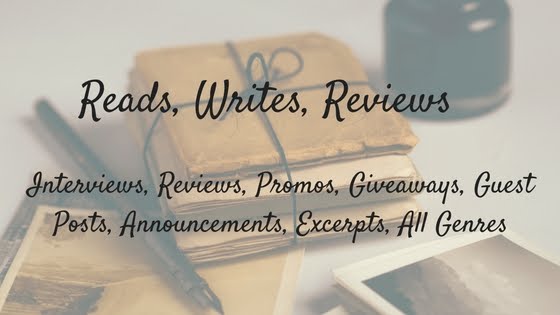John Knox, the controversial Scottish Reformer, is often portrayed as a cartoon Calvinist who hated women and trumpeted fire and brimstone from the pulpit. However, the notorious Scottish Reformer was a complex character whose life reads more like an adventure thriller than a history. And, love him or loathe him, you cannot deny the impact he has had on Scottish history, culture and psyche. Despite that – or because of that – most people know very little about him. In this article I share some of the surprising things I’ve discovered in my research on Knox for my fictional biography.
 |
| Image Attribution |
2. Bodyguard – In the 1540s he fell under the spell of George Wishart, the charismatic Protestant preacher who ‘pulled him from the puddle of papistry’. He dropped everything to follow his master, taking up a two-handed sword to defend him from persecution by Cardinal David Beaton. When Wishart was arrested and sentenced to burn at the stake, Knox went into hiding.
 |
| Knox defending Wishart with a sword |
4. Church of England Chaplain – Freed from the galleys, Knox became a preacher in the north of England before being called to London as chaplain to Edward VI. He refused promotion in the English church, turning down the vicarage of All Hallows, London, and the bishopric of Rochester.
5. Political Exile – When Catholic Mary Tudor ascended the throne, Knox fled persecution to Geneva where he became even more Calvinist than Calvin. The Swiss reformer considered his polemical tract The First Blast of the Trumpet against the Monstrous Regiment of Women too inflammatory with its call to depose ungodly female monarchs.
 |
| Image Attribution Link |
7. Author and Translator – As well as his History of the Reformation in Scotland and polemical pamphlets, Knox worked briefly with Miles Coverdale on the English translation of the Geneva Bible.
8. Agent Provocateur – With a network of spies that William Cecil, the English spymaster would envy, Knox was often the first in Scotland to find out about important events such as the death of Francis II, Mary Queen of Scots’ first husband, and David Riccio’s murder. However, he was more provocative than secret as an agent.
9. Husband and Father – Knox was married twice – both times to teenagers. His first wife, Marjory Bowes, who bore him two sons, died at the tragically young age of 25. At the age of fifty, he married 17-year-old Margaret Stewart, a distant relative of Mary Queen of Scots who was furious when she found out about her new in-law. Meg bore him three daughters.
 |
| Image Attribution |
10. Marriage Guidance Counsellor – while Knox often clashed with Queen Mary on religious matters – on a more personal level, they joined forces to try and reconcile the queen’s half-sister with her errant husband. But did they have an affair – as one questioner asked at one of my talks. The jury is still out.
11. Social Reformer – Knox co-authored The First Book of Discipline, a manifesto for the Reformed Scottish church, which proposed a school in every parish, a network of ministers and a system of poor relief. He assumed the Kirk would take over the Roman Catholic Church’s revenues, but he did not factor in the greed of the power-hungry lords. Thomas Randolph, the English envoy, considered his democratic vision to be centuries ahead of its time.
12. Parking Lot Burial – At the age of 59, Knox died in his bed surrounded by his family – and not atop a burning pyre as he always feared. He was buried in St Giles’ cemetery, his grave marked by Parking Lot No 23 in the High Street.
Marie MacPherson 2018
Thank you so much for this insightful post, Marie. You can find out more about Marie's books here at Penmore Press

















